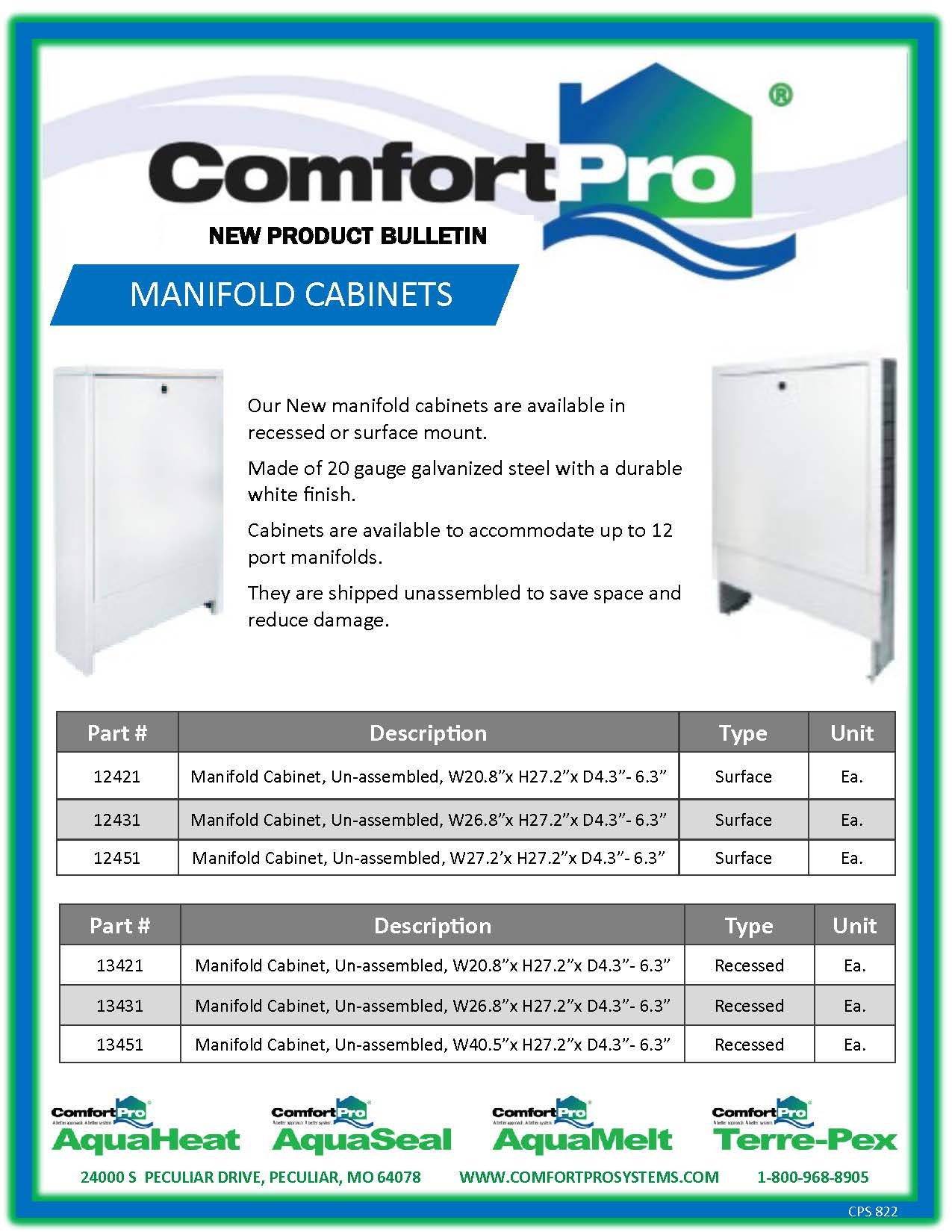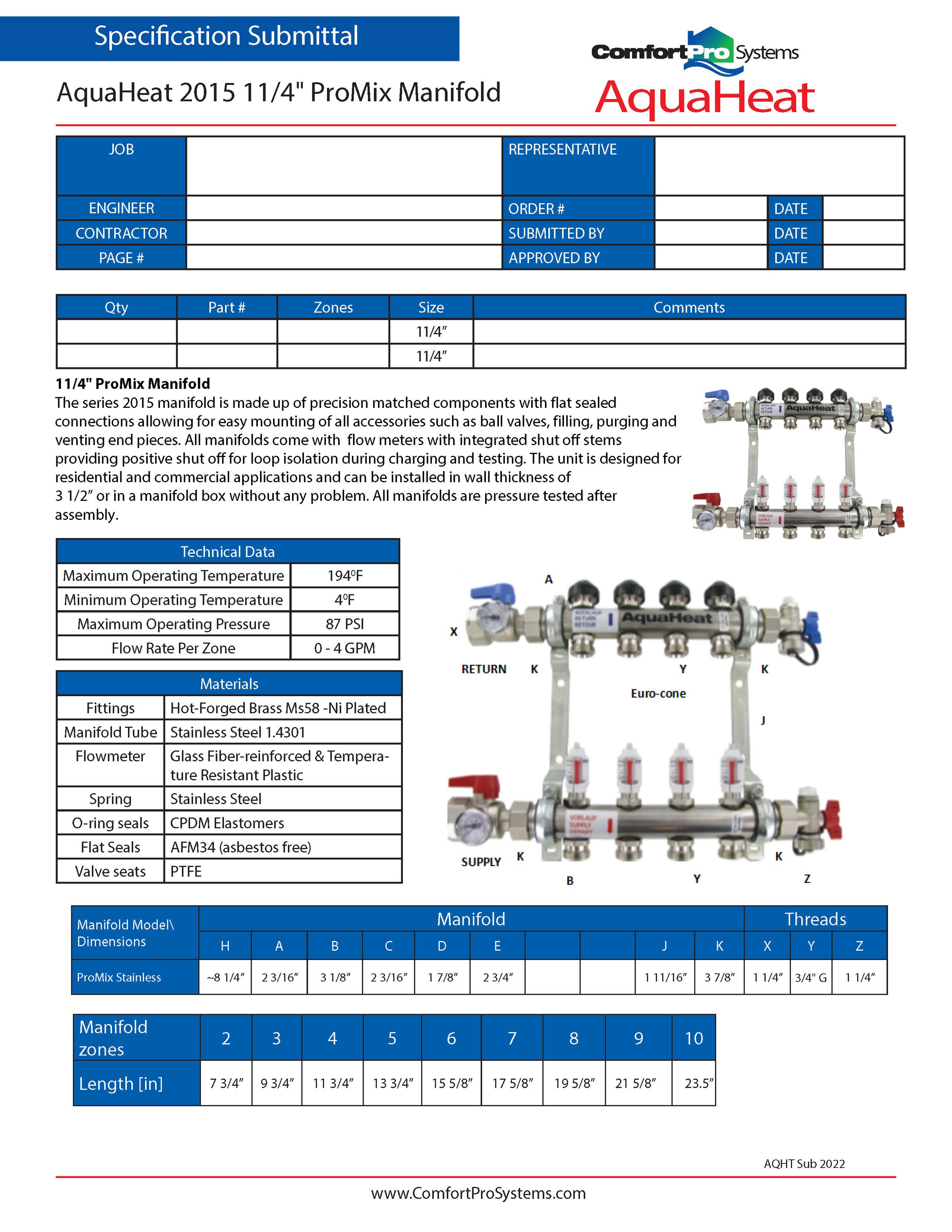Radiant Heating - AquaHeat Products
AquaHeat Frequently Asked Questions
How long will it last?
PEX pipe will last as long as the structure. PEX pipe has been in use for over thirty years in Europe and life cycle testing has demonstrated that PEX can last in excess of seventy years. PEX is an inert material, virtually indestructible by common elements. AquaHeat warranties its tubing for 25 years and includes consequential damage protection of 10 ten years.
What happens if a pipe breaks?
In the event that a problem occurs. AquaHeat has a repair coupling that is used to repair the damage. Damage is very rare, but when it happens it usually happens during installation. The tubing is still exposed and repairs are made quickly and easily.
How much does it cost?
Costs will vary by job and design. Very basic jobs $5.00 US per square foot to very deluxe jobs $9.00 US per square foot. Most of the difference in cost from basic to deluxe is in the control options. A good example would be an eight room two story house, you could have two thermostats, one for each floor or eight thermostats one for each room.
Do I have to do the complete house?
No! Today many people choose to do the tough to heat rooms or areas. Good examples are basements, garages, high ceiling areas, bathrooms and other tile areas. Additionally, this strategy keeps the costs down and still gives you the comfort of radiant heating.
What runs through the pipes?
Water! Most systems are designed to use water, but in some cases glycol is used. Glycol would be chosen if snowmelting was being done or for freeze protection.
Does it heat up fast?
Radiant floor heating systems heat up and cool down slow resulting in very even heating. Once up to temperature the system will stay within one degree of the thermostats set point.
What kind of boiler do I need?
Radiant systems can use boilers or water heaters depending on local code authorities
The number one reason consumers choose AquaHeat hydronic radiant floor heating is comfort. The system eliminates chilly drafts. There's no need for fans to move air around.
~accord















































The most complete line of pex tubing in the industry
Aquaheat offers five types of pex pipe to the industry in various coil lengths for immediate delivery to all US markets.
AquaHeat Pex-A pipe with Oxygen barrier.
Tubing is made using the Engel method. The Engel method is a hot cross-linking process, meaning the actual cross-linking takes place during the extrusion process when the base polyethylene is above its crystal melting temperature. The Engel method provides more precise control over the degree, consistency and uniformity of cross-linking. This means the tubing is evenly cross-linked, with no weak links within its molecular chains. Available in 3/8”,1/2”, 5/8”,3/4” & 1” pipe sizes.
AquaHeat Pex-B pipe with oxygen barrier.
Tubing is manufactured using the irradiation method of cross-linking. The Irradiation method the pipe is extruded first and then sent through an accelerator to complete the cross-linking process. The Irradiation method provides more precise control over the degree, consistency and uniformity of cross-linking. This means the tubing is evenly cross-linked, with no weak links within its molecular chains.
Available in 3/8”,1/2”, 5/8”, 3/4”& 1” pipe sizes.
Pentagol five layer Pex-C pipe.
It is manufactured with exceptional barrier properties and flexibility. It’s Advantages are high flexibility, low oxygen permeability, full scratch protection barrier layer, full moisture protection barrier layer with a black UV outer layer. Completely quiet!
Available in 3/8”,1/2”, 5/8”, 3/4” & 1” pipe sizes.
AquaHeat Pex-A SDR-9 Large Diameter Pipe with Oxygen barrier.
Tubing is made using the Engel method. This means the tubing is evenly cross-linked, with no weak links within its molecular chains.
Available in 11/4”, 11/2”, 2” pipe sizes.